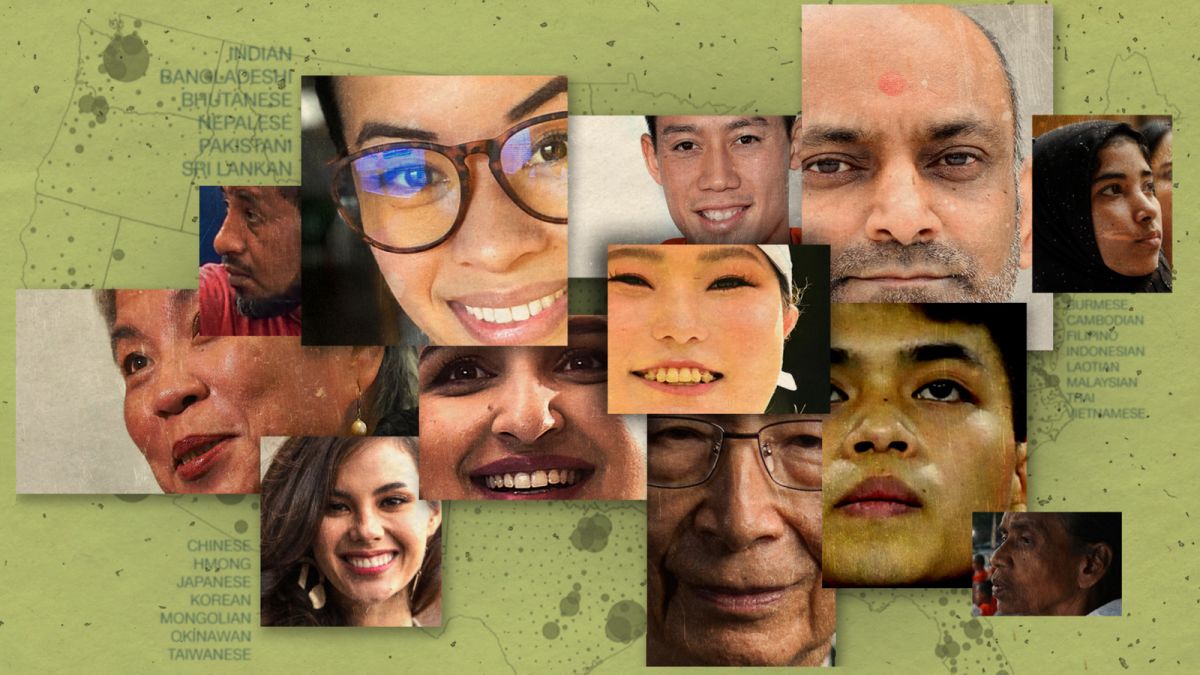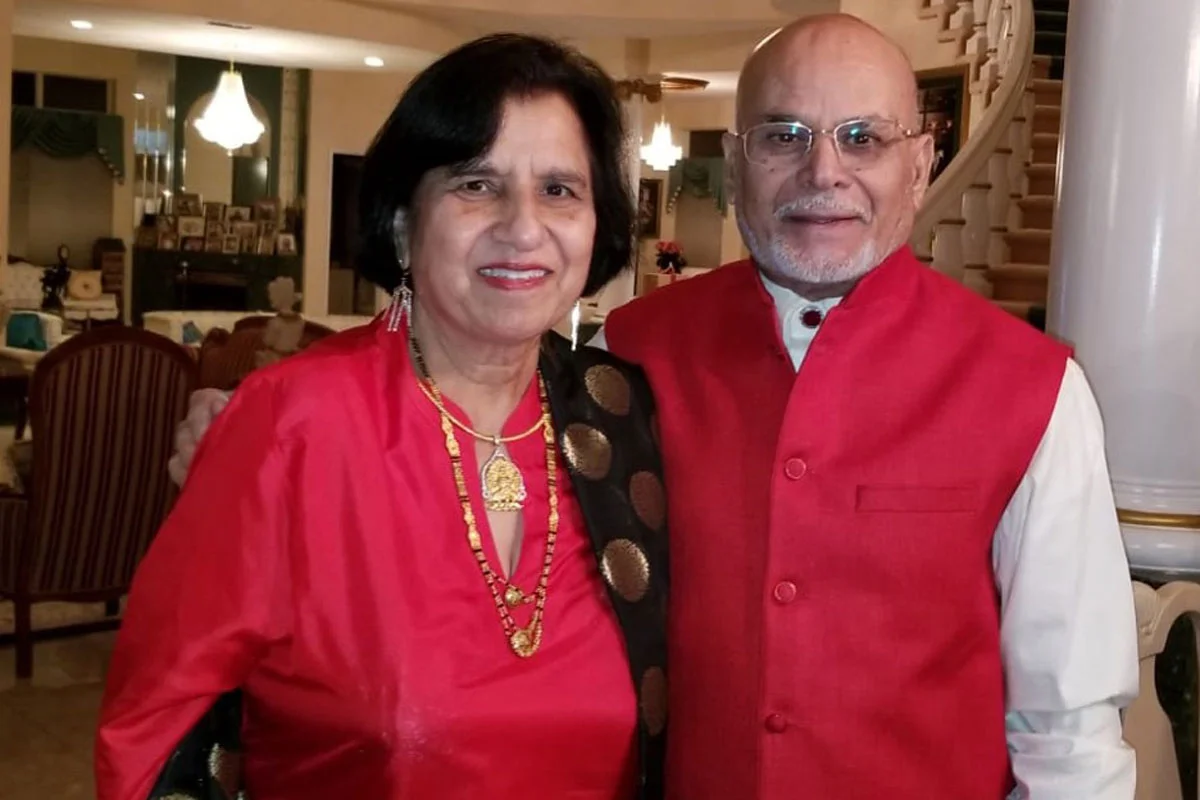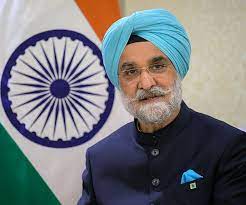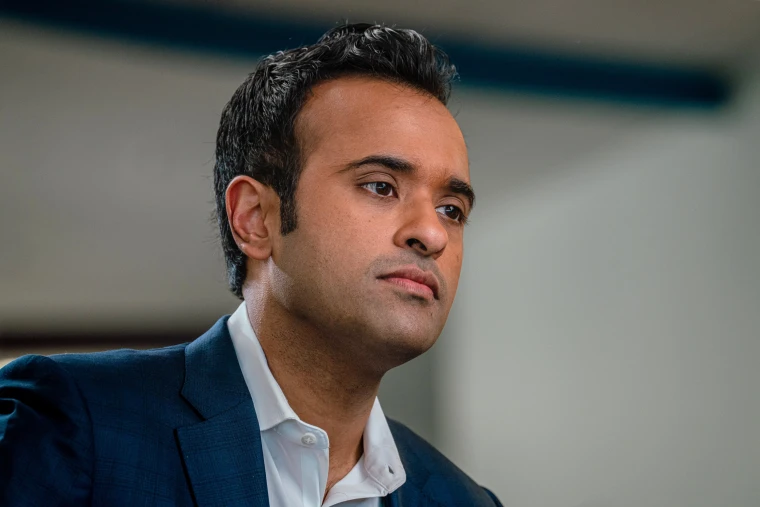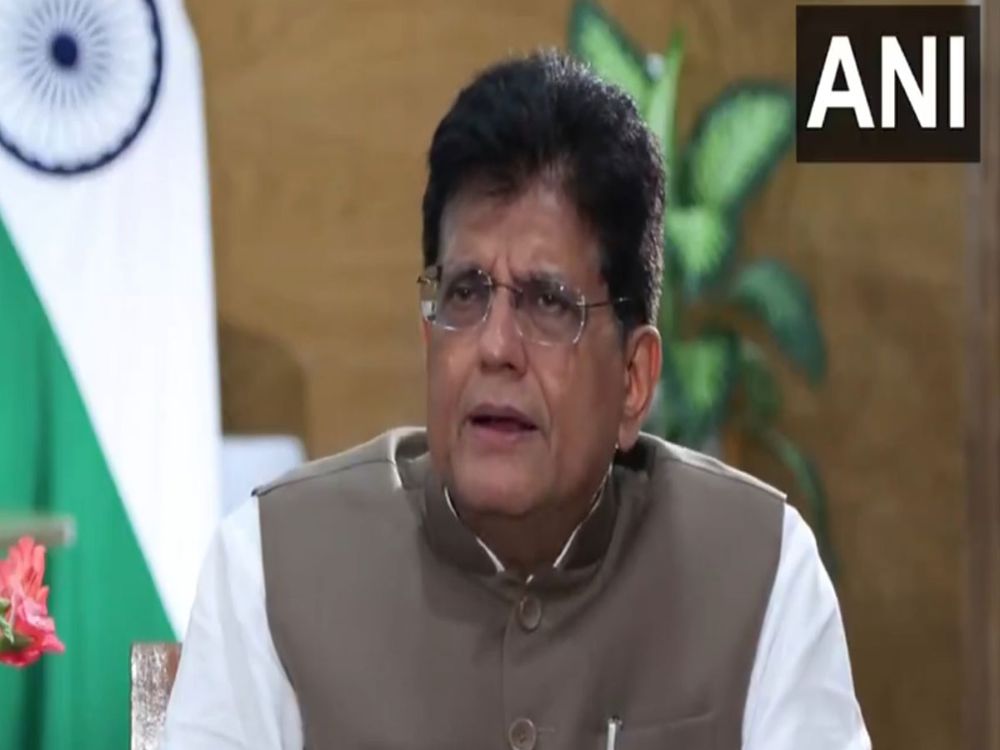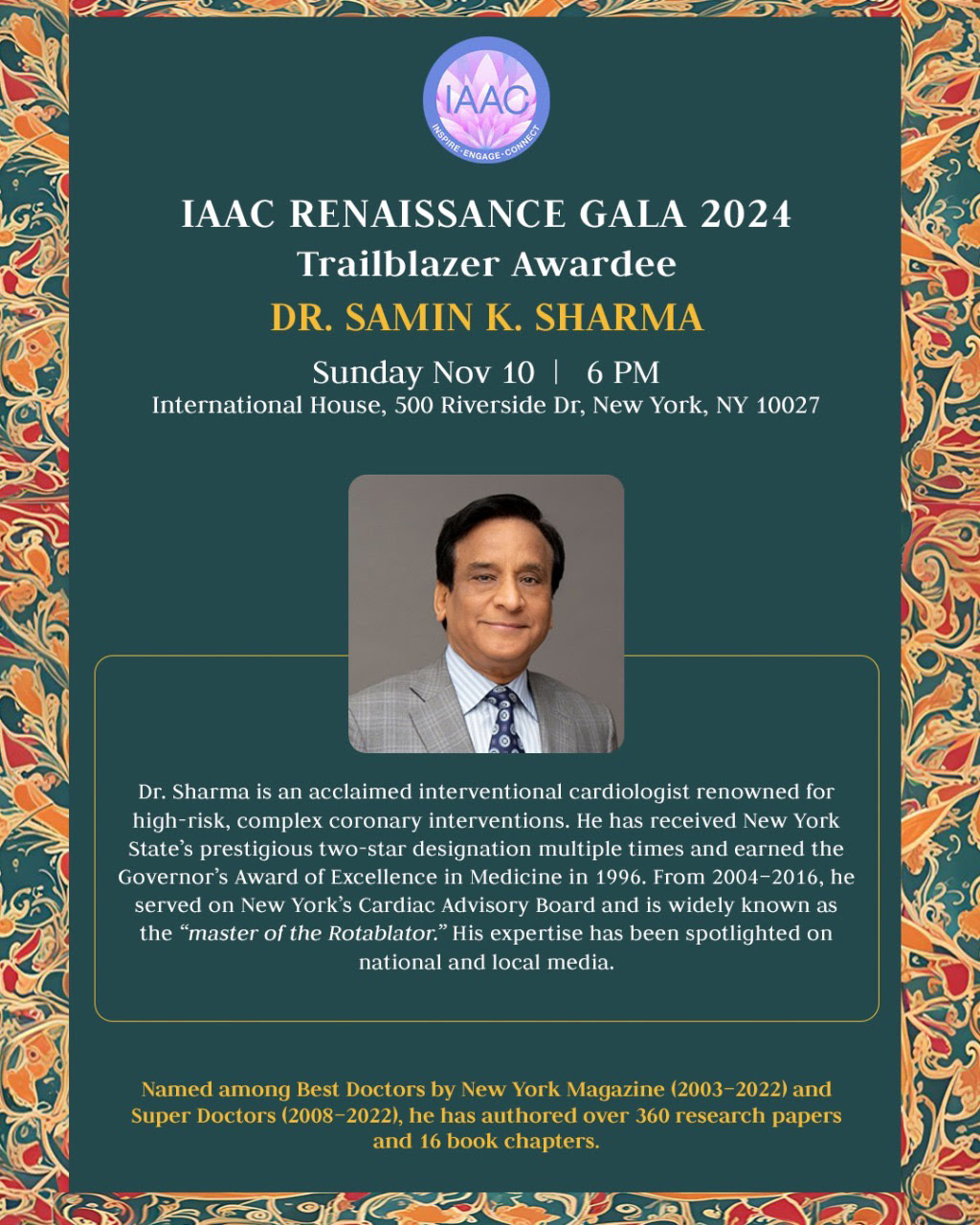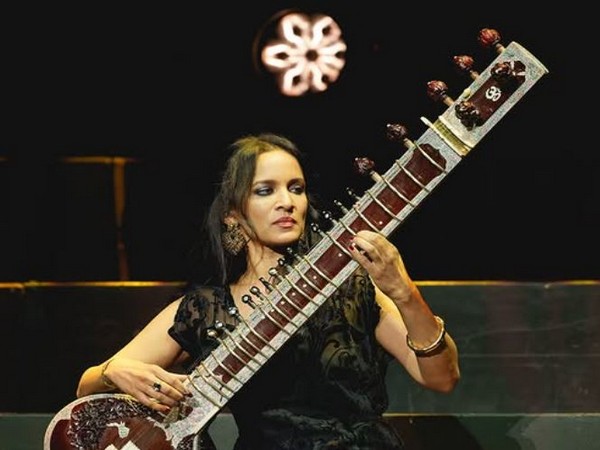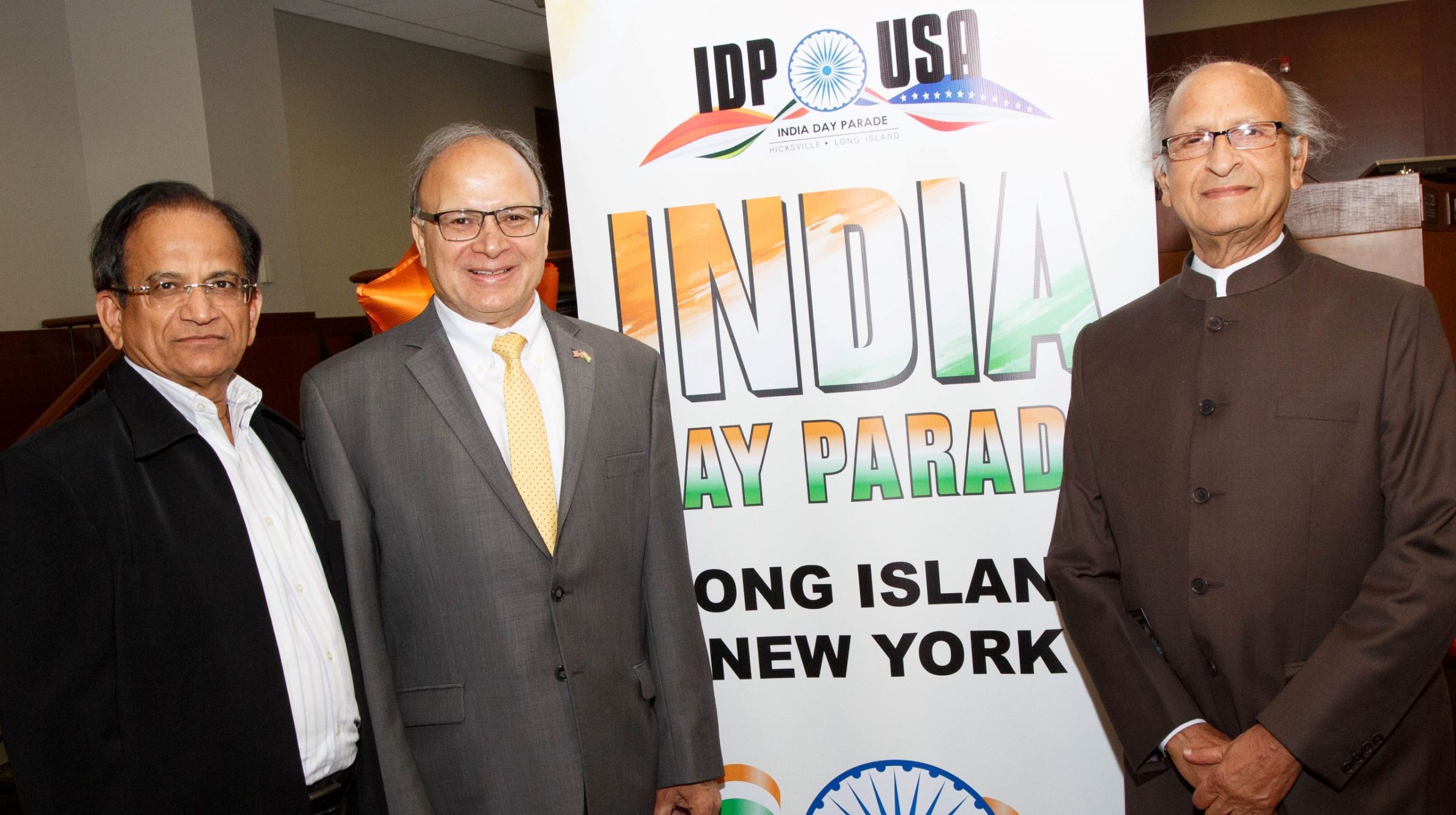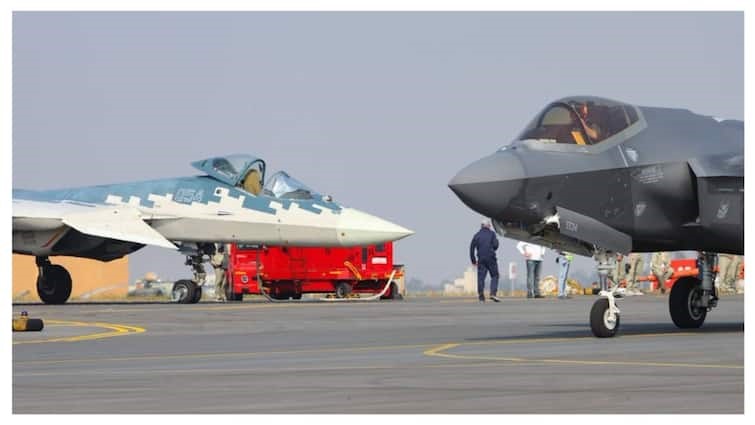The figure represents a remarkable 55% growth over the past decade.
Our Bureau
Washington, DC
Indian Americans have overtaken Chinese Americans as the most populous ‘Asian-alone’ group — those who only identify as belonging to a single Asian racial or ethnic group — in the United States, marking a significant demographic shift.
Based on 2020 US Census Bureau data, there were nearly 4.4 million Indian Americans in the country. The figure represents a remarkable 55% growth over the past decade.
Among H1B petitioners, Indians accounted for a staggering 75%, while Chinese nationals constituted a mere 12%. The report also indicates that when accounting for individuals of mixed race or ethnicity, Chinese Americans still constitute the largest share of the country’s Asian population, totaling 5.2 million.
Sociologists attribute the growth to factors such as the tech boom and the introduction of the H1B visa program for high-skilled workers in the 1990s. Indian professionals, particularly engineers, and computer scientists, flocked to the US, bringing their families with them.
While Indian Americans now lead the category, other South Asian groups have also witnessed rapid growth. The Nepalese population, for instance, saw a remarkable increase of over 250% between 2010 and 2020, driven in part by family sponsorships. Similarly, the Bangladeshi population grew by 85.4%, reflecting the changing face of Asian demographics in the United States.
















